An aerial platform lift is one of the most valuable assets in any industrial or construction setup. It enables safe, efficient, and precise access to elevated work areas—whether for maintenance, installation, or inspection. However, to ensure long-term reliability and performance, these lifts require consistent maintenance and care. Proper upkeep not only improves operational safety but also reduces costly downtime and extends the equipment’s overall lifespan.
This guide explores practical steps to help businesses maintain their aerial platform lifts and maximize their return on investment.
1. Importance of Proper Aerial Platform Lift Maintenance
Regular maintenance is critical to the longevity and efficiency of your aerial platform lift. With daily usage in challenging conditions, components like hydraulic systems, control units, and safety mechanisms experience wear and tear over time. Without regular inspection, small issues can quickly escalate into major breakdowns.
Preventive maintenance ensures your lift remains safe, reduces the likelihood of unexpected repairs, and helps meet safety compliance standards. More importantly, it keeps your projects on schedule and boosts operator confidence when working at height.
2. The Role of Aerial Work Platform India in Equipment Standards
In recent years, aerial work platform India manufacturers have significantly raised the bar in terms of quality, safety, and technology. Most modern platforms are designed with advanced sensors, self-diagnostic systems, and digital control panels that simplify maintenance tasks.
Indian suppliers and global brands alike are now integrating telematics systems that provide real-time performance data and alerts. This enables operators and maintenance teams to track machine health and plan service intervals proactively. By adhering to manufacturer guidelines, operators can ensure longer equipment life and higher productivity.
3. Daily Inspection Before Operation
One of the simplest yet most effective practices to extend the life of your aerial platform lift is performing a daily pre-operation inspection. Operators should check for:
- Hydraulic leaks or unusual fluid levels
- Tire pressure and tread condition
- Loose bolts or visible structural damage
- Proper function of controls and emergency stop systems
- Battery charge or fuel levels (depending on the model)
By catching minor issues early, you prevent potential hazards and ensure safe operation throughout the workday.
4. Partnering with a Reliable Aerial Lift Manufacturer
Choosing a reputable best aerial lift manufacturer is just as important as maintenance itself. The best manufacturers not only provide robust machines but also offer long-term service contracts, genuine spare parts, and professional training for operators and technicians.
A trusted manufacturer understands the importance of after-sales support and ensures your equipment continues to perform reliably. Brands like Dingli India have built their reputation by delivering durable, technology-driven platforms backed by excellent customer service and maintenance solutions.
5. Using Genuine Spare Parts and Accessories
When it comes to repairs or replacements, always use authentic parts from the original manufacturer. Using unauthorized or low-quality components can affect the lift’s safety systems and lead to long-term performance issues. Genuine spare parts ensure compatibility, maintain warranty coverage, and enhance operational efficiency.
Working with certified awp India suppliers guarantees that all replacements and upgrades meet strict quality and safety standards.
6. Maintaining the Hydraulic and Electrical Systems
Hydraulics are the heart of any aerial platform lift, and they demand special attention. Regularly check for leaks, inspect hoses and fittings, and replace hydraulic oil at recommended intervals. Clean hydraulic filters to prevent contamination that could damage the pump or cylinders.
Similarly, electrical components—such as control switches, wiring, and connectors—should be examined frequently. Corrosion, loose wiring, or faulty switches can affect lift operations and compromise safety.
7. Cleaning and Storage Practices
Keeping your lift clean is essential for its longevity. Dust, oil, and debris can accumulate around moving parts, reducing efficiency and increasing wear. After each use, wipe down the platform, controls, and hydraulic arms.
For long-term storage, keep the machine in a dry, shaded area to prevent rusting and battery degradation. In humid or coastal environments, additional protective coatings may be necessary to protect metal parts.
8. Operator Training and Safe Handling
Even the best-maintained lift can fail if operated incorrectly. Regular operator training is essential to ensure proper usage, weight distribution, and adherence to safety guidelines. Trained operators can identify early warning signs of potential issues and report them before they become serious.
Many aerial work platform India providers offer certified training programs that help improve handling skills and promote workplace safety.
9. Scheduled Maintenance with Professional Technicians
While daily checks are vital, a professional inspection by certified technicians should be scheduled every few months or after a specific number of operating hours. Expert technicians can assess deeper mechanical and electrical components, recalibrate systems, and update software where necessary.
A professional maintenance schedule also ensures compliance with safety regulations and extends the overall life expectancy of your equipment.
10. Integrating Material Handling Equipment for Maximum Efficiency
Many businesses use material handling equipment lifts alongside aerial lifts for improved workflow. Integrating lifts with other systems like scissor lifts, forklifts, and conveyors can enhance productivity and safety. When maintained together, these machines form a cohesive system that supports efficient material movement and height access.
Combining preventive maintenance practices across all equipment reduces downtime and helps optimize your entire operational ecosystem.
11. Why Preventive Maintenance Pays Off
Preventive maintenance may seem time-consuming, but it’s an investment that pays dividends. Regular service minimizes emergency repairs, extends machine life, and ensures better resale value if you plan to upgrade in the future. It also helps prevent accidents, protecting both your workforce and your investment.
Conclusion
Maintaining your aerial platform lift is not just about keeping it operational—it’s about ensuring safety, reliability, and efficiency in every project. With regular inspections, professional servicing, and proper operator training, businesses can significantly extend the life of their lifts and reduce long-term costs.
By partnering with a reliable aerial lift manufacturer and following maintenance best practices, you can ensure that your aerial platform remains a dependable part of your operations for years to come. As India’s demand for modern, safe, and sustainable height-access solutions continues to grow, investing in proper care and upkeep has never been more important.


